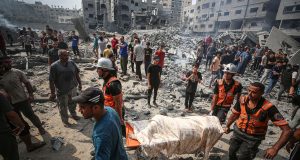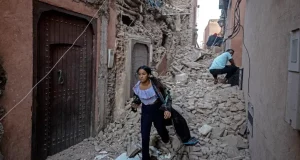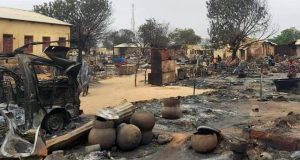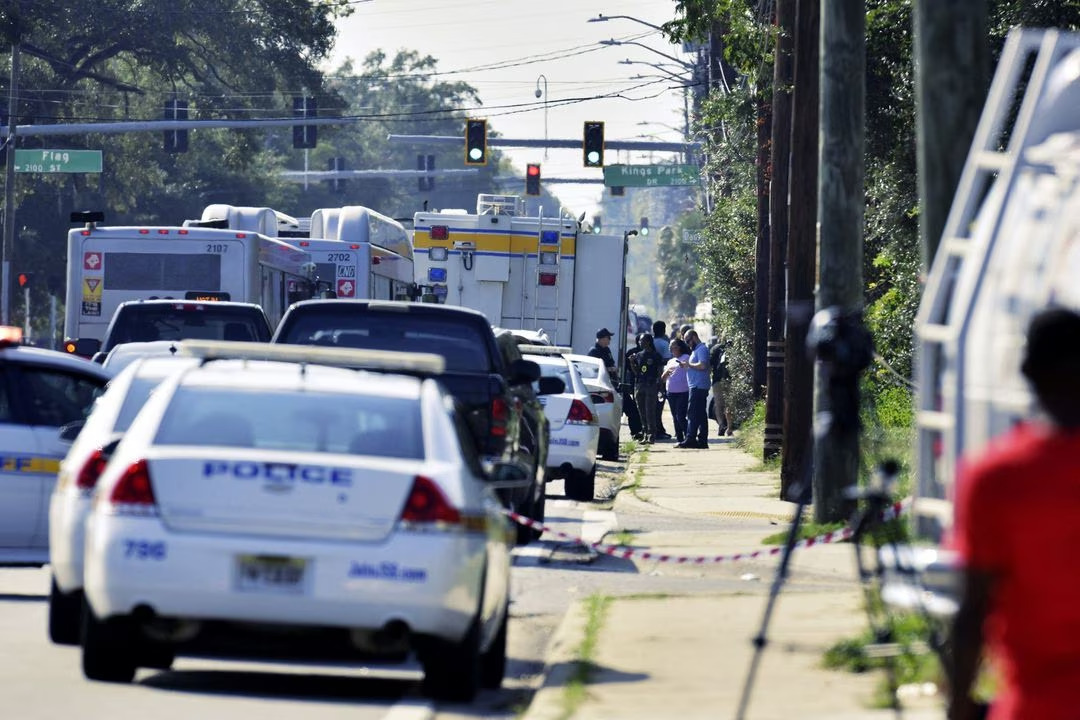
Fifty people have been killed in a stampede as Iranians flocked to the burial of a top commander killed in a US drone strike, officials say.
The deaths in Qasem Soleimani’s hometown of Kerman led to the postponement of his interment. A new time will be announced later.
Millions are already estimated to have packed the streets for a series of funeral processions in Iran.
Soleimani’s killing has raised fears of a conflict between the US and Iran.
The head of the Quds force was tasked with defending and projecting Iranian interests abroad, and was hailed as a hero in his home country.
To the US he was a terrorist, and in explaining why he ordered the strike President Trump said he was acting on an “imminent” threat.
- How did US-Iranian ties get here? A basic guide
- Does this mean WW3? Your questions answered and more
- What does international law say about the assassination?
- Voices from Iran: ‘Soleimani did not deserve such a fate’
It is unclear what caused the stampede in Kerman, south-eastern Iran, but vast numbers of people had been in the streets on Tuesday morning ahead of the planned burial.
A coroner quoted on Iran’s ISNA put the death toll at 50, with those injured numbering more than 200.
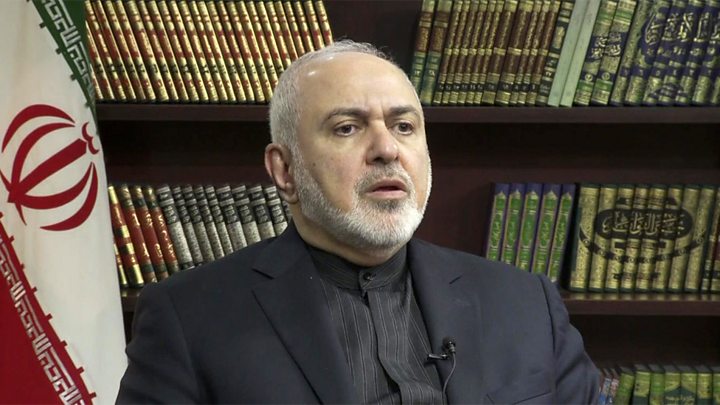
In other developments:
- In Iraq, thousands took to the streets in the southern city of Basra for the funeral procession of Abu Mahdi al-Muhandis, head of the Kataib Hezbollah militia group who was killed alongside Soleimani. Muhandis was the Iranian’s top adviser and ally in Iraq, and a powerful leader among Iraq’s Shia militias
- In an interview, Iran’s Foreign Minister Javad Zarif called Soleimani’s killing an “act of war” and said Iran’s response would be against “legitimate targets”
- The US reportedly denied a visa for Mr Zarif to visit the UN in New York this week, a move that appears to breach an agreement guaranteeing foreign officials access to the UN headquarters
- The US has denied it is pulling out of Iraq, after a letter from a US general suggested there would be a withdrawal
- Iranian parliamentarians have approved a motion designating the US Army and the Pentagon as terrorist organisations, and allocated extra funds for the force once headed by Soleimani
Top Iranian officials have renewed their threats of revenge for the killing.
“The martyr Qassem Soleimani is more powerful… now that he is dead,” the Revolutionary Guards’ top general, Maj Gen Hossein Salami, told crowds in Kerman.
The Guards were set up to defend Iran’s Islamic system and are a major political and military force.
Mourners in Kerman chanted “death to America” and “death to Trump”, reporters there said.

At one stage the theme music to the 1970 US film Love Story was played, something BBC Monitoring say may be more for its sentimentality rather than the film being widely known in Iran.
On Monday, Iran’s Supreme Leader Ayatollah Khamenei led prayers at Soleimani’s funeral in Tehran, at one point weeping over his coffin.
Unconfirmed estimates from Iranian state television put the number who took to the streets of Iran’s capital alone as “millions”. The crowds were large enough to be seen in satellite images.

A show of unity?
Analysis by Kasra Naji, BBC Persian
Only seven weeks ago, Iran witnessed the biggest and most violent anti-government demonstrations in decades. Security forces killed anywhere between 330 and 1,500 protesters in more than 100 cities across the country. Thousands more were injured and arrested.
So why have so many people come out to pay homage to Soleimani, in spite of widespread discontent?
There is no doubt that feelings are running high. Arguably the most important man in the country’s armed forces has been assassinated by the United States, which for many is the arch-enemy of Iran.
But it is also clear that the government launched a massive effort to mobilise as many people as possible. A huge turnout would send a strong signal to Donald Trump that the government enjoys widespread support. It would send the message that a war with Iran would rally Iranians behind their leaders in the event of foreign aggression, and that any war could well be long and costly.

What has happened since Soleimani’s death?
Immediately after his death, Iran threatened retaliation.
AOn Sunday,Tehran declared it would no longer abide by any of the restrictions imposed by the 2015 nuclear deal. The deal limited Iranian nuclear capacities in exchange for the lifting of economic sanctions.
In his comments, Mr Zarif said President Trump had been “misled” by Secretary of State Mike Pompeo.
“He [Pompeo] believes people were dancing in the streets of Tehran and Baghdad… Now I think that he has seen the sea of humanity in Iraq and Iran yesterday. Doesn’t he want to admit that he’s been misdirecting American foreign policy?” Mr Zarif said.
- The new man leading Iran’s elite military force
- Is the Iran nuclear deal dead and buried?
- A brief history of US-Iran relations
Following warnings from Iran, Mr Trump said that the US would respond in the event of retaliation for Soleimani’s death, “perhaps in a disproportionate manner”.
Trump administration officials though have contradicted the US president on his controversial threat to target Iranian cultural sites.
Such acts could be considered war crimes. Secretary of Defence Mark Esper said “we will follow the laws of armed conflict”.
 Naagyei 90.3 Fm Agyapa
Naagyei 90.3 Fm Agyapa

